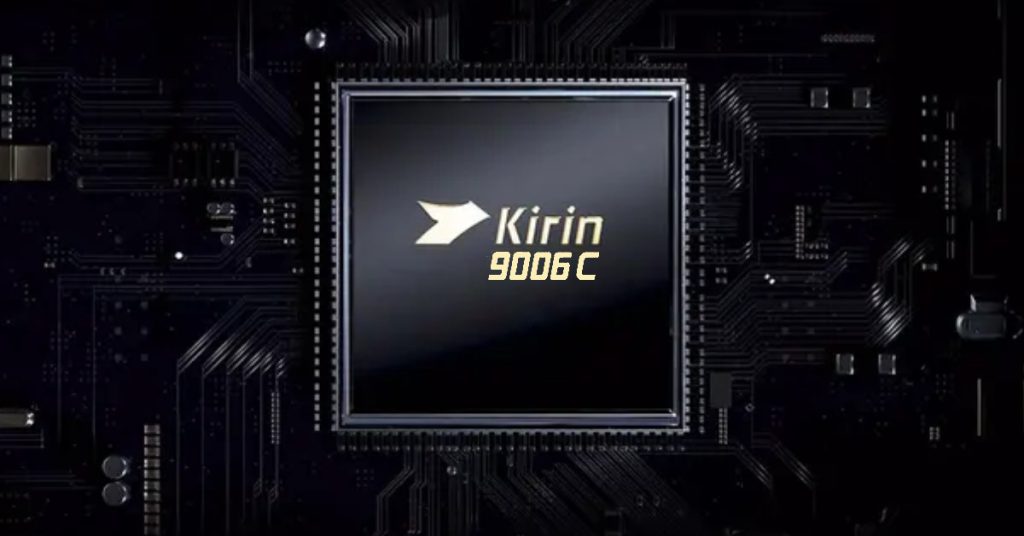Huawei recently launched a laptop in China called Qingyun L450. It is powered by the HiSilicon 9006C chip, which is made using advanced 5nm technology. This has led to rumors that China’s chip giant SMIC from which Huawei is sourcing processors, is finally achieving a 5nm breakthrough in chip manufacturing technology.

But, a detailed look into the laptop by TechInsights, a tech analysis firm, showed something different. The chip wasn’t made by SMIC in China, but by TSMC in Taiwan.
Kirin 9006C is made by TSMC, not SMIC
Why is this significant? China has been pushing hard to become self-sufficient in semiconductors, especially after US sanctions cut Huawei off from TSMC’s 5nm chips in 2020. The Kirin 9006C seemed to be a breakthrough, suggesting SMIC had caught up.
But the teardown shows otherwise. However, TechInsights’ disassembly of the Qingyun notebook unit confirmed that TSMC’s 5nm technology, previously used in 2020, was behind the 5nm chipset. This suggests Huawei might be utilizing older TSMC stockpiles under a new name.

SMIC’s shares saw a slight decline following the teardown, reflecting the setback in hopes of their 5nm progress. SMIC, however, is reportedly working on its own 5nm process, but using older technology that’s less efficient and more expensive. They’ve managed limited production of 7nm chips with the Kirin 9000S, but 5nm remains elusive.
The bigger hurdle for China’s chip ambitions lies in acquiring next-generation EUV lithography equipment, crucial for making advanced chips. The US has blocked ASML, a Dutch company, from selling EUV machines to China, hindering its progress.
This news likely comes as a relief for the US, and could lead to further restrictions on China’s chip industry. It also highlights the complex web of relationships and challenges China faces in its quest for technological independence.
Related:
- Possible Huawei P70 design leaked, unofficial pre-orders begins in China
- Huawei Nova 12 and Nova 12 Pro go on sale in China starting today
- Unlock Savings: Discount on Every Giztop Product under the New Year Sale Extravaganza
- Xiaomi Smart Band 8 Pro Genshin Impact Special Edition up for sale
- Giztop’s Christmas Holiday Savings: Unwrap Joy with Exclusive Discount
- Best Smartphones Awards 2023 – Gizmochina







